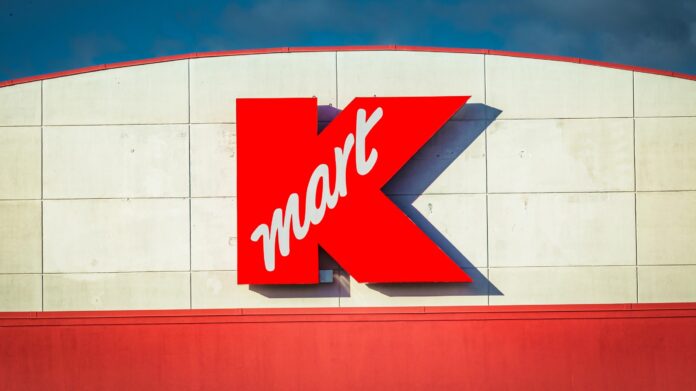Kmart, a leading big box department store chain in Australia, has witnessed significant growth in sales volumes and business avenues in the retail industry. With 230 stores across Australia and New Zealand, Kmart, along with its sister company Target Australia, has established a strong foundation for success through its sourcing network managed by KAS Group Asia (KGA).
KGA, the exclusive direct sourcing arm of Kmart Group Australia, operates in major Southeast Asian countries such as China, India, Bangladesh, Pakistan, Cambodia, Indonesia, and Vietnam. With an annual sourcing capability valued at US $2.5 billion and over one billion units of general merchandise and apparel products combined, KGA plays a vital role in supporting Kmart’s and Target’s operations.
The growth of Kmart can be attributed to three strategic sourcing pillars. First, Kmart sources about 80% of its products through its own sourcing business, including private labels. This distinguishes Kmart from other retailers who typically rely on external sourcing for a smaller portion of their products. Second, Kmart Australia’s sourcing is primarily done through the KAS Group, which ensures high volumes and deals with top sourcing hubs globally. Finally, the scale and decision-making authority of Kmart’s sourcing vertical are comparable to that of mid-segment US retailers, contributing to its success.
Regarding the Indian market, Kmart faces challenges primarily related to fabric sourcing. While Indian garment vendors offer high-quality fabrics for the mass market, the lack of competitive fabric mills and the margin game played by suppliers hinder aggressive pricing. However, Kmart has experienced growth in its business with Indian suppliers, particularly in the knitwear segment. Additionally, Target Australia sees potential in Indian suppliers who can cater to its elevated style, quality, and fashion requirements, and plans to expand its business in India accordingly.
Kmart’s sourcing network consists of approximately 900 vendors and 1,500 factories across both KAS and TAS (Target Australia Sourcing). When selecting vendors, KGA prioritizes shared values of integrity, sustainability, and ethical business practices. KGA maintains stringent ethical sourcing and factory compliance requirements, ensuring that suppliers undergo and pass audits to become registered suppliers.
India and Bangladesh complement each other as sourcing origins for apparel categories, with Bangladesh being a significant base for Kmart due to competitive pricing and volume production capabilities. India excels in ranges with higher specifications and technical requirements. However, challenges such as pricing competitiveness, import duties, and higher shipping costs from Indian ports need to be addressed to attract more business.
Looking ahead, Kmart aims to further expand its physical footprint in Australia and New Zealand, develop its e-commerce capability, and explore growth opportunities. The recent acquisition of an Australian e-commerce business, Catch, and the operation of 24-hour stores in strategic locations reflect Kmart’s focus on adapting to changing consumer preferences and maximizing its market presence.
In conclusion, Kmart’s success in the Australian retail industry is fueled by its robust sourcing network managed by KAS Group Asia. By leveraging sourcing hubs across Southeast Asia, Kmart has achieved substantial growth and is poised for further expansion. Despite challenges in specific markets, Kmart continues to explore opportunities for growth and innovation, ensuring its position as a leading retailer in the region.

